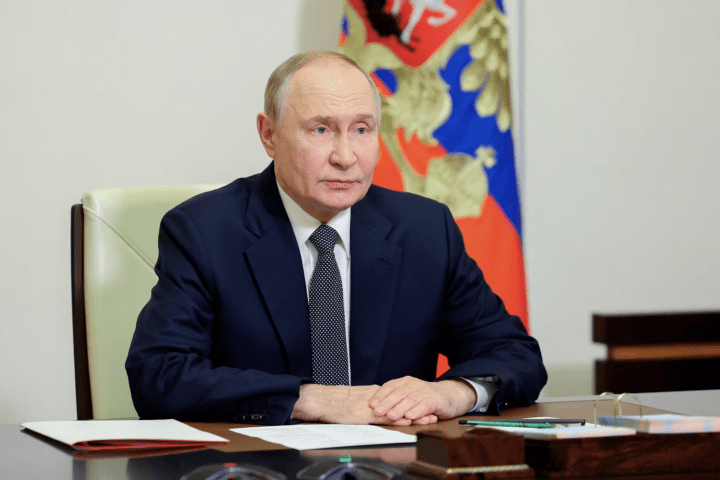The Royal Swedish Academy of Sciences has announced the winners of the Nobel Prize in Physics. The award goes to John Clarke (United Kingdom), Michel Devore (France), and John Martinis (USA) for their research confirming the existence of macroscopic quantum-mechanical tunneling and energy quantization in electrical circuits.
The 2025 Nobel Prize in Physics Laureates: Quantum Effects at Your Fingertips
The Nobel Committee’s decision was announced on Tuesday, October 7, in Stockholm. The prize is approximately 11 million Swedish kronor, equivalent to approximately 900,000 euros.
Quantum Mechanics in the World of Large Systems
Scientists have demonstrated that quantum effects—phenomena traditionally observed at the level of atoms and elementary particles—can also manifest themselves in systems visible to the naked eye. As the Nobel Committee emphasized, “the most important question in modern physics is how large a system can be capable of exhibiting quantum properties.” The laureates’ experiments demonstrated that tunneling and discrete energy levels are possible in an electric circuit large enough to be held in the hand.
“Quantum mechanics allows a particle to pass through a potential barrier that it cannot overcome classically. Such effects typically disappear as the number of particles increases, but the laureates’ work has demonstrated that quantum behavior can persist at the macroscopic level,” the committee’s statement noted.
Who are the new Nobel laureates?
John Clarke was born in 1942 in Cambridge, UK. He received his PhD from the University of Cambridge in 1968 and was a longtime professor at the University of California, Berkeley.
Michel A. Devore, born in Paris (1953), received his PhD from the University of Paris-Sud in 1982. He teaches at Yale University (USA) and the University of California, Santa Barbara.
John M. Martinis, born in 1958, received his PhD in 1987 and is also a professor at Santa Barbara.
Their joint experiments were an important step toward understanding the boundary between the classical and quantum worlds and laid the foundation for the development of superconducting quantum technologies used today in quantum computers.
Historical Context
Since 1901, the Nobel Prize in Physics has been awarded 118 times, to 226 scientists, only five of whom are women.
Yesterday’s Prize in Medicine
The day before, on October 6, the trio of laureates in physiology or medicine were announced: Mary E. Brunkow, Fred Ramsdell (both from the USA), and Shimon Sakaguchi (Japan). They were recognized for their fundamental discoveries in the field of peripheral immune tolerance—a mechanism that protects the body from its own immune attacks. The scientists were the first to describe regulatory T cells, which have become key to understanding autoimmune processes and the basis for new medical approaches.














